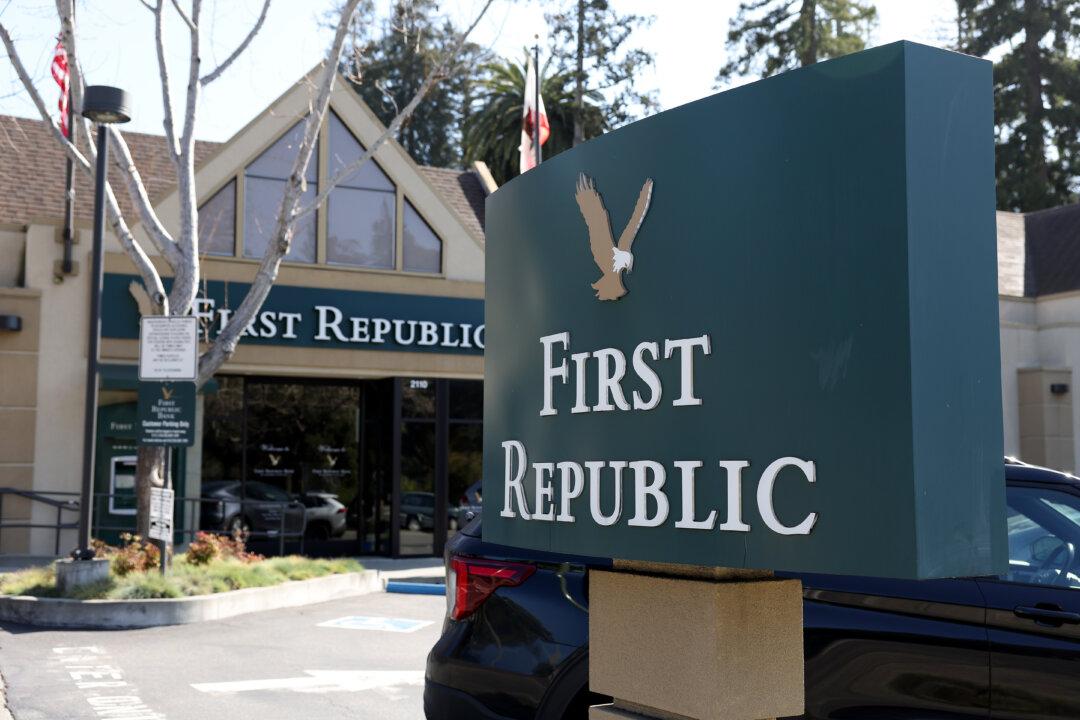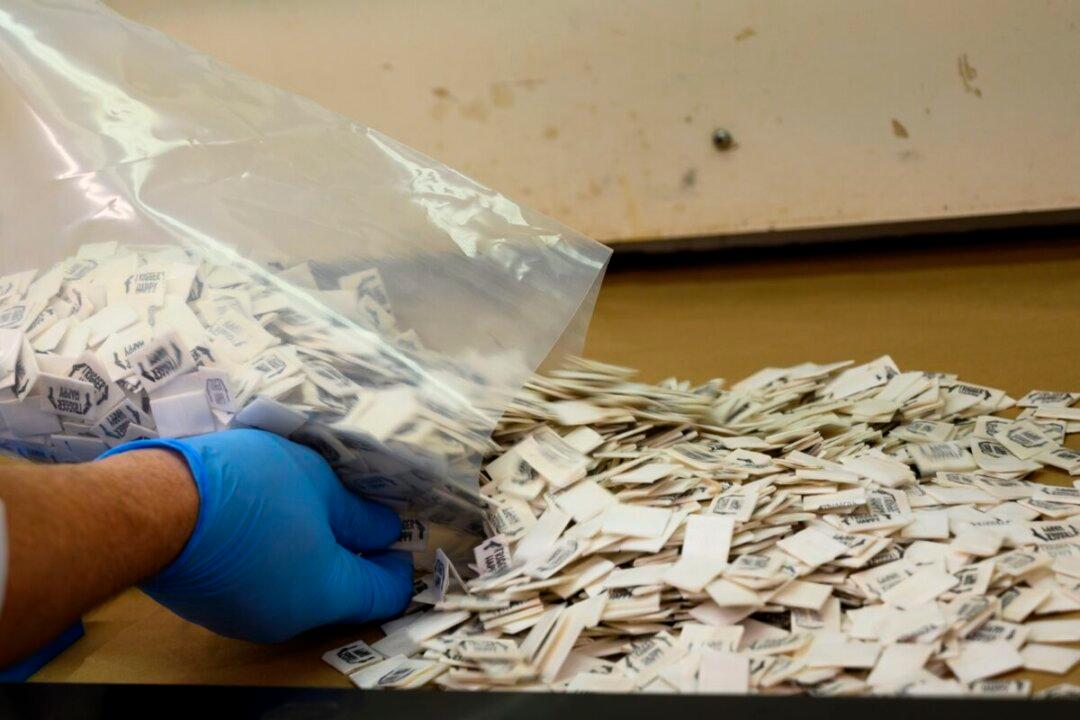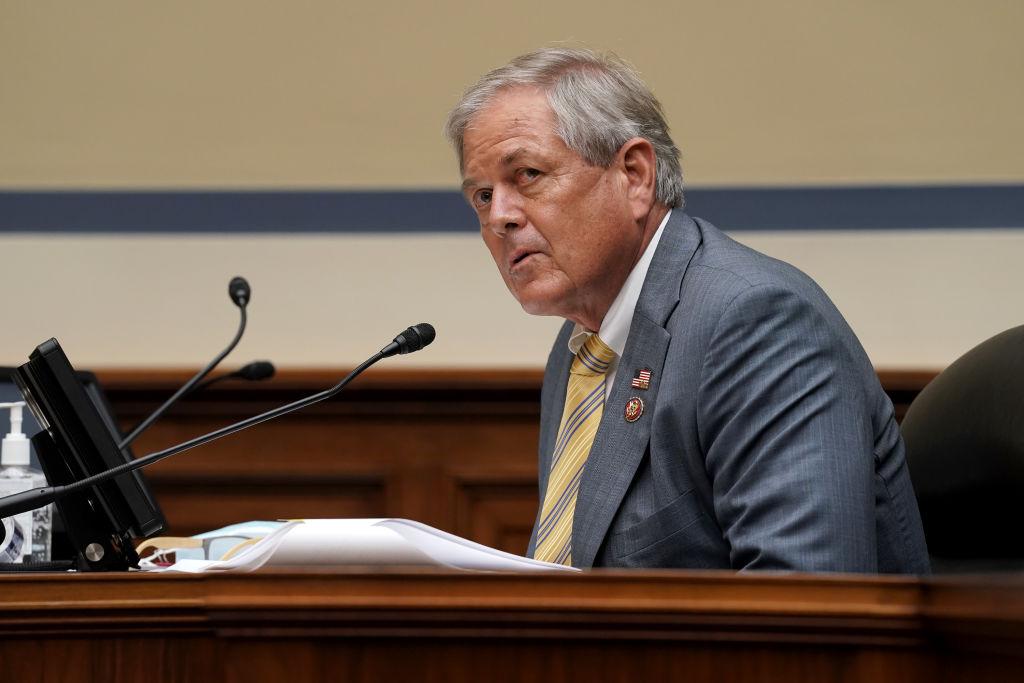Former First Republic CEO Michael Roffler told House lawmakers on May 16 that the California bank fell victim to the widespread panic caused by the collapse of Silicon Valley Bank on March 10 and Signature Bank two days later.
The events that unfolded as a result were beyond First Republic’s control, he said.




